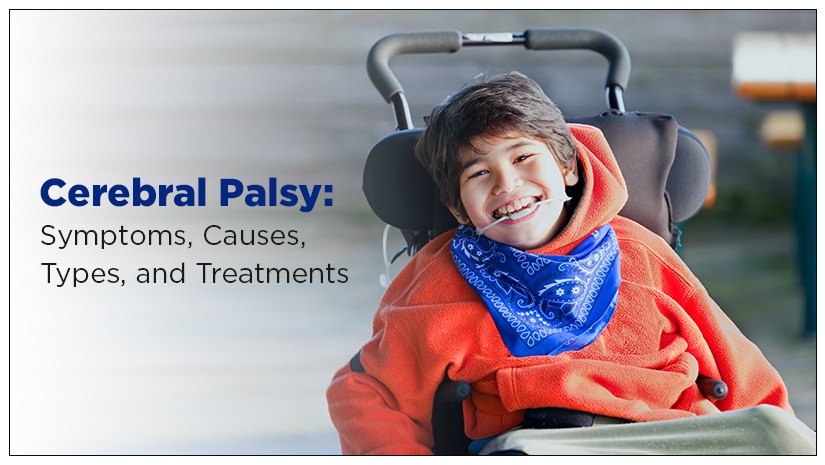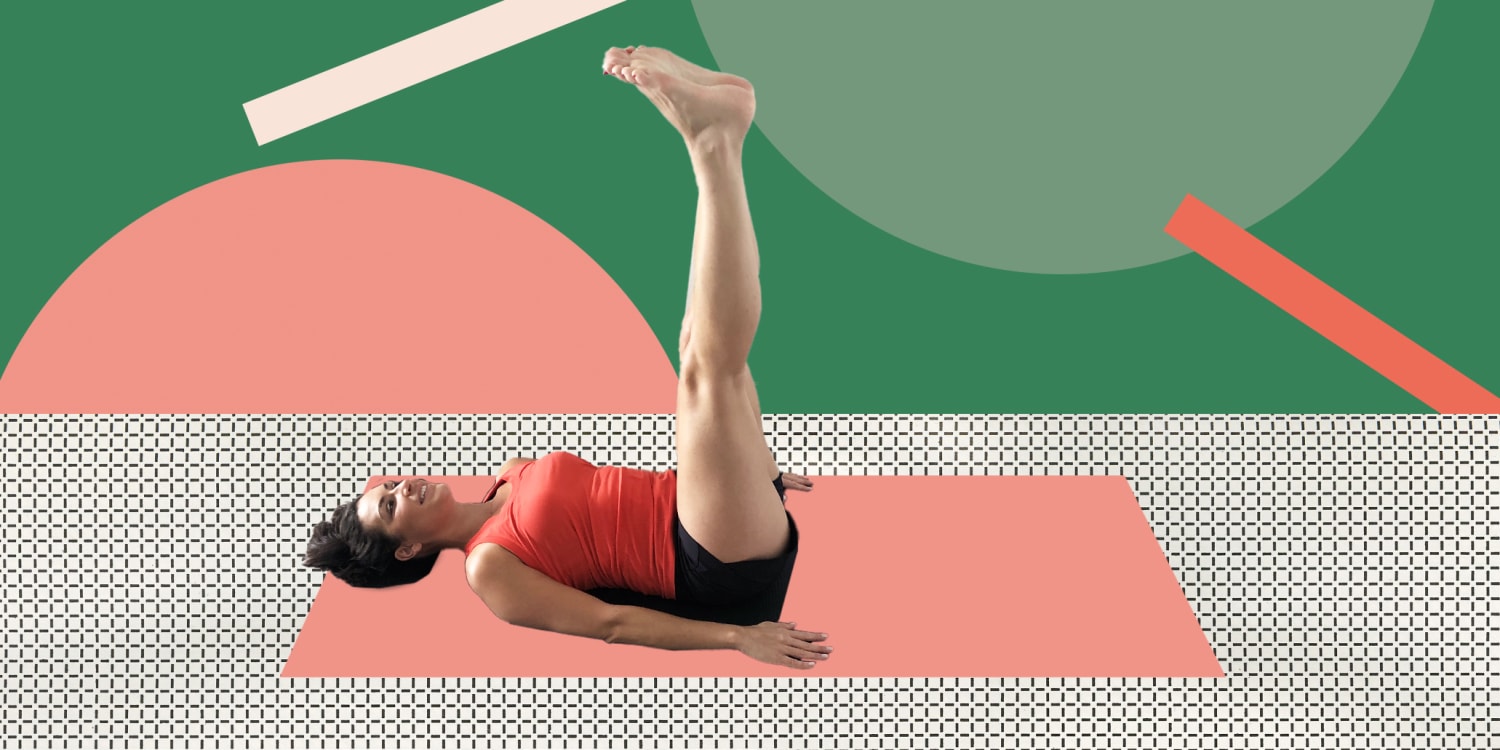Inside the Mind of a Hoarder: Understanding and Treating the Emotional Attachment to Possessions
Uncovering the Emotional Roots and Effective Treatments for Hoarding Disorder
* WHAT IS HOARDING DISORDER
>> Hoarding Disorder is a mental health condition characterized by persistent difficulty in parting with possessions, regardless of their actual value or usefulness, leading to excessive accumulation of objects, clutter, and disorganization in living spaces. Hoarding behavior can become so severe that it interferes with daily activities, such as cooking, cleaning, and socializing, and poses serious safety and health risks to the person and others.
People with Hoarding Disorder typically experience significant distress and anxiety when faced with the prospect of discarding or giving away their possessions. They may have strong emotional attachments to their belongings or fear losing important information or memories associated with them. Hoarding behavior can also be triggered by other mental health conditions, such as anxiety, depression, and obsessive-compulsive disorder (OCD).
* CAUSES HOARDING DISORDER
Some studies suggest that Hoarding Disorder may be linked to abnormal brain activity and changes in brain structure, particularly in areas responsible for decision-making and emotional regulation. Genetic factors may also play a role in some cases, as the disorder appears to run in families.
Environmental factors, such as childhood experiences of loss, trauma, or neglect, may also contribute to the development of Hoarding Disorder. People who have experienced stressful life events, such as the death of a loved one, divorce, or financial hardship, may be more likely to develop hoarding behavior as a way of coping with emotional distress.
Psychological factors, such as anxiety, depression, and obsessive-compulsive tendencies, are also commonly associated with Hoarding Disorder. People with Hoarding Disorder often report feeling overwhelmed by their possessions and may use hoarding as a way of controlling their environment and reducing anxiety.
Hoarding Disorder is a complex condition that may have multiple causes and contributing factors. Effective treatment typically involves addressing underlying psychological and emotional issues as well as developing practical strategies for managing clutter and organizing living spaces.
The factors mentioned, research has also suggested that certain personality traits and cognitive biases may contribute to the development of Hoarding Disorder. For example, some people with Hoarding Disorder may have difficulty making decisions, particularly when it comes to discarding possessions. They may also have a tendency to procrastinate or avoid making decisions altogether, which can lead to clutter and disorganization over time.
Another cognitive bias that may be associated with Hoarding Disorder is the "endowment effect," which is the tendency to place a higher value on objects that we own than on objects that we don't own. People with Hoarding Disorder may have an exaggerated sense of attachment to their possessions, viewing them as extensions of themselves or as sources of comfort and security.
Other factors that may contribute to Hoarding Disorder include social isolation, perfectionism, and a lack of organizational skills. For some people, hoarding may also be associated with other mental health conditions, such as attention-deficit/hyperactivity disorder (ADHD), post-traumatic stress disorder (PTSD), or substance abuse.
To note that while Hoarding Disorder is a distinct mental health condition, hoarding behavior can also occur in people with other mental health conditions or in response to specific life events, such as a major illness or a traumatic event. If you or someone you know is struggling with hoarding behavior, it's important to seek professional help from a mental health provider who specializes in hoarding disorder or related conditions.
 |
| Breaking Free from Hoarding Disorder, Health news // Clutter Trucker |
* THE SYMPTOMS OF CAUSES HOARDING DISORDER
R E A D : Understanding Major Depressive Disorder Symptoms Causes and Treatment Options
The symptoms of Hoarding Disorder can vary widely depending on the individual and the severity of the condition. However, some common signs and symptoms of Hoarding Disorder may include:
- Difficulty parting with possessions, even those with little or no value.
- Accumulation of clutter and disorganization that interferes with daily activities such as cooking, cleaning, and socializing.
- Inability to use living spaces for their intended purpose, such as using a bedroom for storage instead of sleeping.
- Feelings of distress or anxiety at the thought of discarding possessions.
- Difficulty making decisions, particularly when it comes to getting rid of possessions.
- Feeling a strong emotional attachment to possessions, seeing them as extensions of oneself or as sources of comfort and security.
- Denial of the seriousness of the clutter and disorganization, or a belief that it is not a problem.
- Social isolation or avoidance of others due to shame or embarrassment about the condition.
- Safety and health risks associated with clutter, such as fire hazards, tripping hazards, or unsanitary living conditions.
Important to note that not all clutter and disorganization is indicative of Hoarding Disorder, and that some people may simply be messy or disorganized without experiencing significant distress or impairment in daily life. However, if hoarding behavior is causing significant distress or impairment, it may be a sign of Hoarding Disorder and should be addressed with the help of a mental health provider.
The symptoms listed above, people with Hoarding Disorder may also experience other related symptoms, such as:
> Perfectionism: A desire for things to be just right or perfect, which may contribute to difficulty letting go of possessions that are not in perfect condition or that do not fit a particular aesthetic.
> Emotional attachment to possessions: A strong emotional connection to possessions, which may be rooted in memories, sentimental value, or other personal reasons.
> Procrastination and avoidance: A tendency to put off decisions or actions related to discarding possessions, which can lead to increased clutter and disorganization over time.
> Distorted thinking patterns: Cognitive distortions, such as catastrophic thinking, all-or-nothing thinking, and black-and-white thinking, may contribute to feelings of anxiety and distress related to discarding possessions.
> Difficulties with organization: People with Hoarding Disorder may struggle with creating and maintaining organizational systems, which can contribute to clutter and disorganization.
> Avoidance of social situations: Social isolation or avoidance of social situations due to shame or embarrassment about the condition, or fear of being judged by others.
Important to note that Hoarding Disorder can have a significant impact on a person's quality of life and can interfere with daily activities, relationships, and overall well-being. If you or someone you know is experiencing symptoms of Hoarding Disorder, it's important to seek professional help from a mental health provider who specializes in hoarding disorder or related conditions. Treatment can be effective in helping people with Hoarding Disorder manage their symptoms and improve their overall quality of life.
Treatment for Hoarding Disorder typically involves a combination of therapy, medication, and support from family and friends. Cognitive-behavioral therapy (CBT) and exposure therapy are commonly used to help people with Hoarding Disorder overcome their anxiety and fear of letting go of possessions. In some cases, medication may be prescribed to help manage anxiety and depression.
 |
| Inside the Mind of a Hoarder: Understanding and Treating the Emotional Attachment to Possessions, Health news // Anxiety.org |
R E A D :
- Danger Signs and Risk Factors for Mental Health Issues What to Look Out For
- STDs on the Rise-Exploring Causes and Solutions
- Shackled Personality Disorders Different Types from Within
* TREATMENT FOR HOARDING DISORDER
Treatment for Hoarding Disorder typically involves a combination of medication, therapy, and support from family and friends. Here are some common approaches to treating Hoarding Disorder:
> Cognitive Behavioral Therapy (CBT): CBT is a type of talk therapy that can help people with Hoarding Disorder identify and change negative thought patterns and behaviors. A therapist may use CBT to help a person develop strategies for managing clutter, reducing acquisition of new possessions, and improving decision-making skills.
> Medication: Antidepressants and other medications may be prescribed to help manage symptoms of Hoarding Disorder, such as anxiety and depression.
> Motivational Interviewing: Motivational Interviewing is a type of counseling that can help people with Hoarding Disorder identify their reasons for wanting to change their behavior, and work towards their goals.
> Support Groups: Support groups can provide a safe and non-judgmental space for people with Hoarding Disorder to share their experiences and learn from others who are going through similar challenges.
> Professional Organizers: Professional organizers can help people with Hoarding Disorder create and maintain an organized living space that is tailored to their needs and preferences.
> Family Support: Family and friends can provide support and encouragement to people with Hoarding Disorder, and may be able to assist with decluttering and organizing tasks.
It's important to note that treating Hoarding Disorder can be a long-term process, and success often depends on a person's willingness to make changes and commit to ongoing treatment. A mental health provider who specializes in Hoarding Disorder can work with an individual to develop a customized treatment plan that is tailored to their needs and goals.
>> Hoarding Disorder is a mental health condition characterized by persistent difficulty discarding possessions, regardless of their actual value, and a perceived need to save these possessions due to a strong emotional attachment. Hoarding Disorder can have a significant impact on a person's quality of life and can interfere with daily activities, relationships, and overall well-being.
Treatment for Hoarding Disorder typically involves a combination of medication, therapy, and support from family and friends. Cognitive Behavioral Therapy (CBT), medication, motivational interviewing, support groups, professional organizers, and family support are all possible approaches to treating Hoarding Disorder.
If you or someone you know is experiencing symptoms of Hoarding Disorder, it's important to seek professional help from a mental health provider who specializes in hoarding disorder or related conditions. Treatment can be effective in helping people with Hoarding Disorder manage their symptoms and improve their overall quality of life.
R E A D : What is POTS Symptoms, Diagnosis, and Treatment













